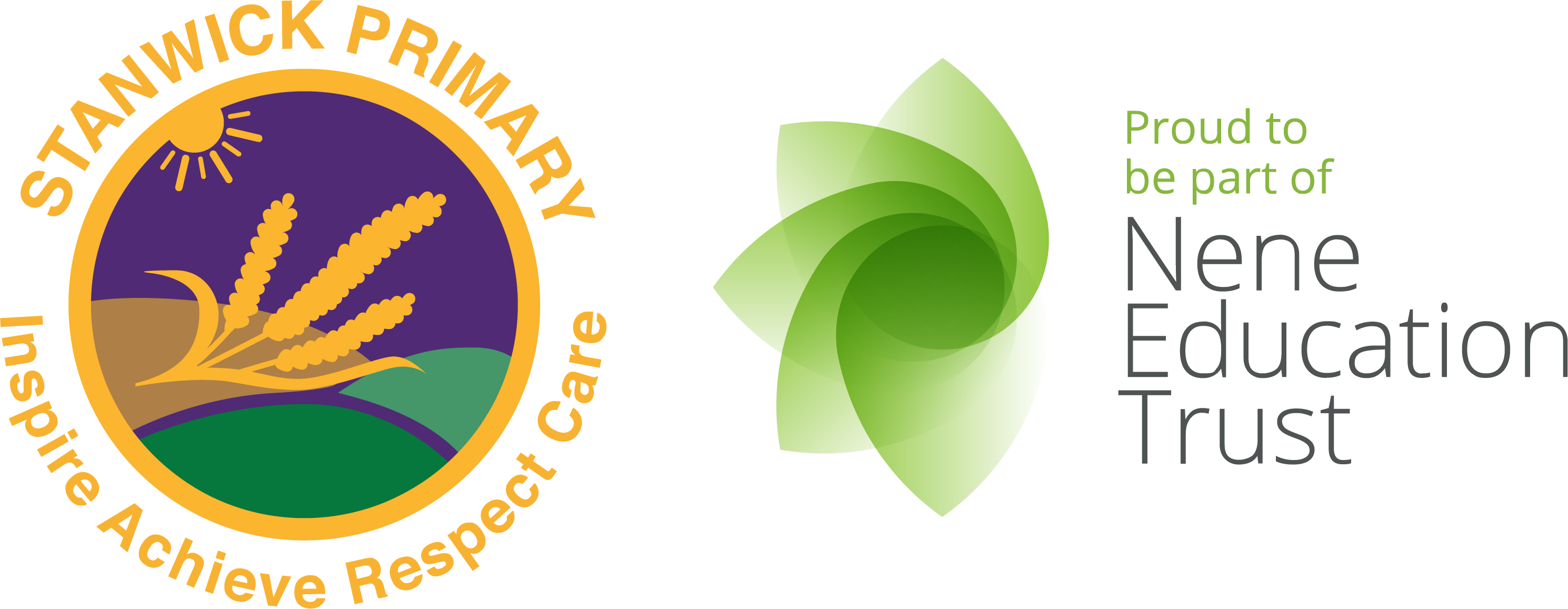What does the teaching of reading look like in EYFS and Key Stage One (KS1)?
At Stanwick Primary Academy, we strive to ensure that all children become successful, fluent readers by the end of KS1 and believe this is achievable through a combination of strong, discrete systematic phonics teaching combined with promotion of a love of reading and widening children’s vocabulary through reading quality texts during our daily reading for pleasure slots. Our key threads of diversity (world), wellness, curriculum (topic) and classic texts and authors run through our entire literature spine and allow our children to develop a critical reading mind and a love of a range of literature. Being able to read is the most important skill children will learn during their early schooling and has far-reaching implications for lifelong learning and well-being. Children in EYFS and KS1 will take home a decodable reading book and a sharing book each week. The decodable reading book is matched to your child’s phonics ability and they will be able to read this fluently. The sharing book is an opportunity for you to read to your child and share the wonderful vocabulary within these stories.
Why do we teach children to read using phonics and an exposure to a range of high-quality texts?
To be able to read, children need to be taught an efficient strategy to decode words. That strategy is phonics. It is essential that children are actively taught and supported to use phonics as the only approach to decoding. Phonic decoding skills must be practised until children become automatic and fluent reading is established.
Fluent decoding is only one component of reading. Comprehension skills need to be taught to enable children to make sense of what they read, build on what they already know and give them a desire to want to read. Reading increases children’s vocabulary because they encounter words they would rarely hear or use in everyday speech. Furthermore, children who read widely and frequently also have more secure general knowledge.
What does the teaching of phonics look in in EYFS and KS1?
We follow the Little Wandle Letters and Sounds Revised expectations of progress. We teach phonics daily in Reception and Year 1. In Year 2, we teach phonics daily in Autumn term 1 and Autumn term 2 before moving onto two phonics lessons a week and 3 spelling lessons.
We teach phonics for 30 minutes a day. In Reception, we build from 10-minute lessons, with additional daily oral blending games, to the full-length lesson as quickly as possible. Each Friday, we review the week’s teaching to help children become fluent readers. Children in Reception are taught to read and spell words using Phase 2 and 3 GPCs, and words with adjacent consonants (Phase 4) with fluency and accuracy.
Children in Year 1 review Phase 3 and 4 and are taught to read and spell words using Phase 5 GPCs with fluency and accuracy. In Year 2, Phase 5 GPCs are re-capped in Autumn 1 and 2 and then lessons move to a focus on spelling and applying GPC rules.
Teaching reading: Reading practice sessions three times a week
We teach children to read through reading practice sessions. These are taught by a fully trained adult to small groups of approximately six children. We use books matched to the children’s secure phonic knowledge. At the end of the week, these books are then sent home as an e-book for the children to develop fluency.
Each reading practice session has a clear focus, so that the demands of the session do not overload the children’s working memory. The reading practice sessions have been designed to focus on three key reading skills:
1) decoding the words in the text
2) prosody: teaching children to read with understanding and expression
3) comprehension: teaching children to understand the text
Children in Reception who are not yet decoding have daily additional blending practice in small groups, so that they quickly learn to blend and can begin to read books.
In Year 1, these sessions start in Autumn 1 and continue through the year. In Year 2, these take place in Autumn 1. In Autumn 2, we continue to teach reading in this way for any children who still need to practise reading with decodable books. The other children will take part in daily whole-class reading lessons.



